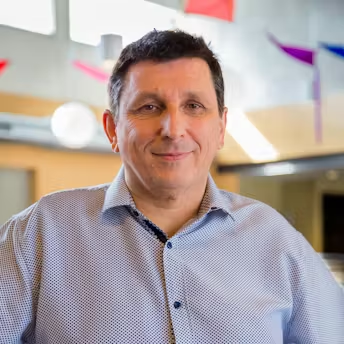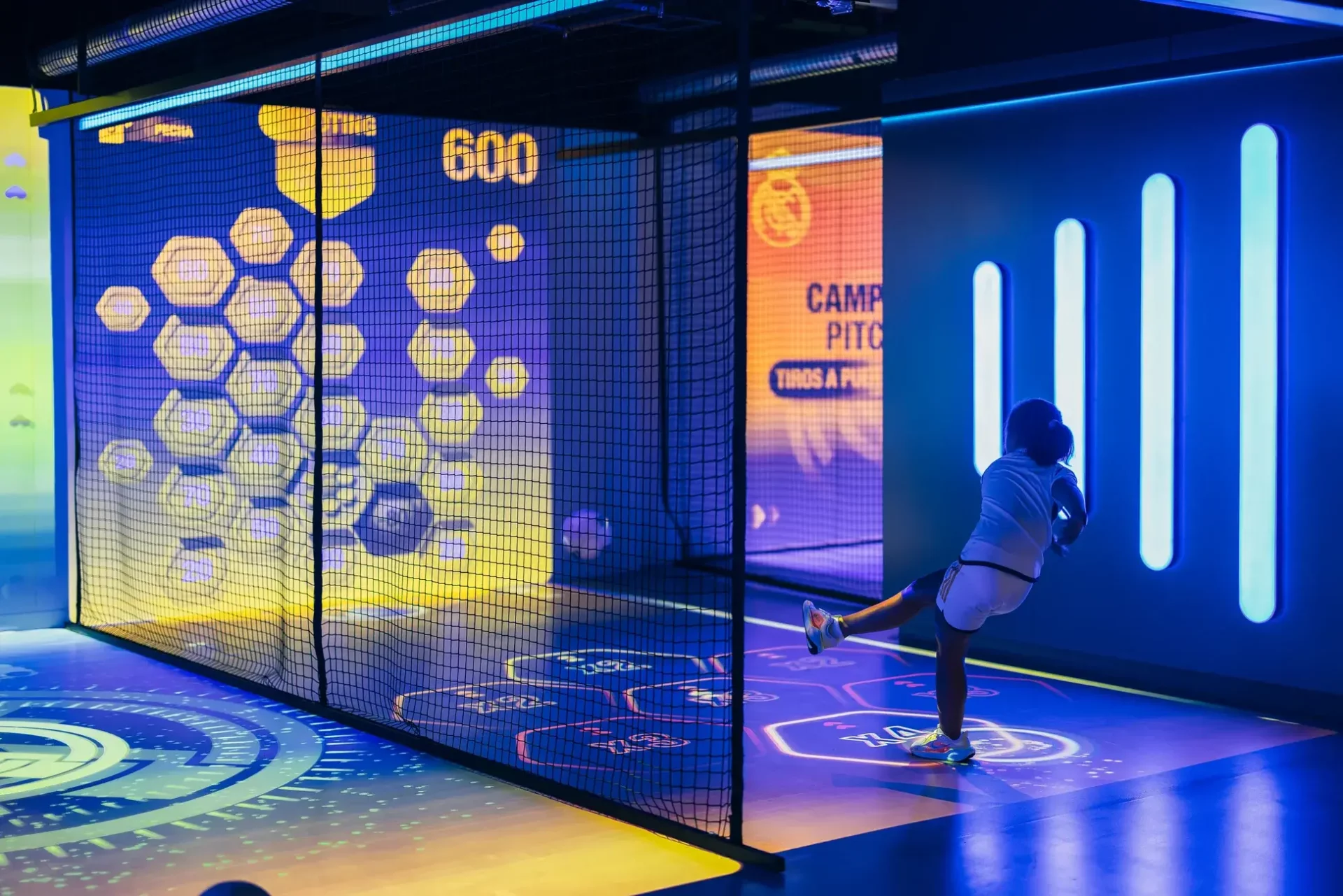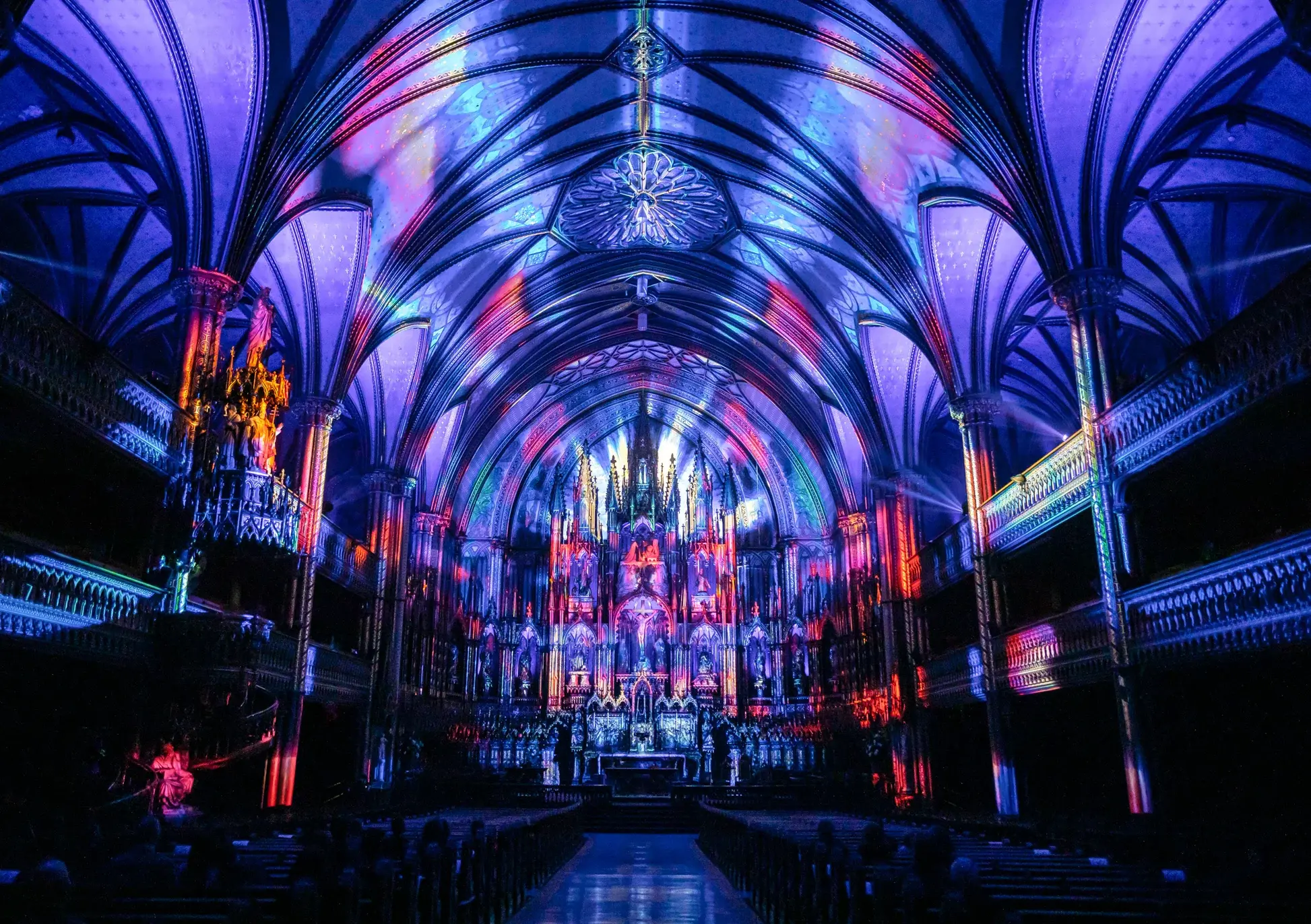On 21 November 2025, Impact Month was held on the Rennes campus. Researchers, 3D artists, game designers, real-time experts and transmedia practitioners discussed the role of immersion in contemporary creation.
This day of meetings – punctuated by keynotes, round tables, interviews and demonstrations – gave rise to a rich exchange between research and creation. Marc Petit, an international CG expert who headed up Unreal Engine at Epic Games and is now Head of Technology at Moment Factory, looks at the rise of monumental themed entertainment.

Florent Laroche, lecturer and engineer at the Ecole Centrale de Nantes, reminds us of the importance of documentary rigour in the digital preservation of heritage. Maxime Neveu, 3D artist and interactive designer, shapes stories so that they are experienced, understood and accessible.
Three approaches, one question: how are 3D, game design and real-time technologies redefining the way in which culture is transmitted?
Marc Petit – Performance as a collective language
Marc Petit has lived through the history of 3D from its industrial origins. He first met Softimage when Jurassic Park was revolutionising the very idea of visual effects. He was involved in the rise of Autodesk, contributed to the development of Maya, 3ds Max and Flame, and ran Unreal Engine for ten years at Epic Games. Few people can tell the story of the transition from home-made 3D to real-time 3D as we know it today with the same legitimacy.
His reading of the present moment is clear.
“We’re exactly where video games were in the 80s. Each project invents a new format, a new language. We’re at the beginning of something magnificent.
Today, at Moment Factory, he uses his expertise to create monumental experiences. AURA Montreal, AURA San Francisco, Notre-Dame Basilica in Montreal, the Dôme des Invalides in Paris: each time, a historic building becomes a surface for expression. Light reveals volumes, textures gain depth, space speaks. The basilica is no longer a static architectural structure, but an immersive stage. Audiences are no longer watching a show: they’re standing inside it.

It’s a conscious choice. “We do it in public”.
No solitary VR, no experience cut off from the world: the objective is collective presence, sharing, cross-viewing between spectators. It’s an emotion that can’t be experienced alone, but side by side.

Real Madrid’s stadium is another prime example. Outside match days, the infrastructure is empty. Moment Factory is turning it into a narrative playground: interactive archives, augmented experiences, mini football games with virtual players.
The stadium is no longer a one-off venue, but a living experience that works even without a ball.
This type of project requires considerable technical expertise. Laser digitisation of a cathedral 39 metres high, millimetre-accurate projection onto irregular surfaces, synchronisation of light, sound, audience, security and interaction. Marc Petit sums it up:
“A project often brings together twenty or thirty experts. It’s a team sport that you can’t find anywhere else.
What we’re seeing now looks like industrialisation. Real-time engines enable a plant to be adjusted continuously. AI accelerates asset creation and optimises production. Experiences are becoming modular, adaptable and reproducible. Immersion is becoming a cultural industry in the making.
